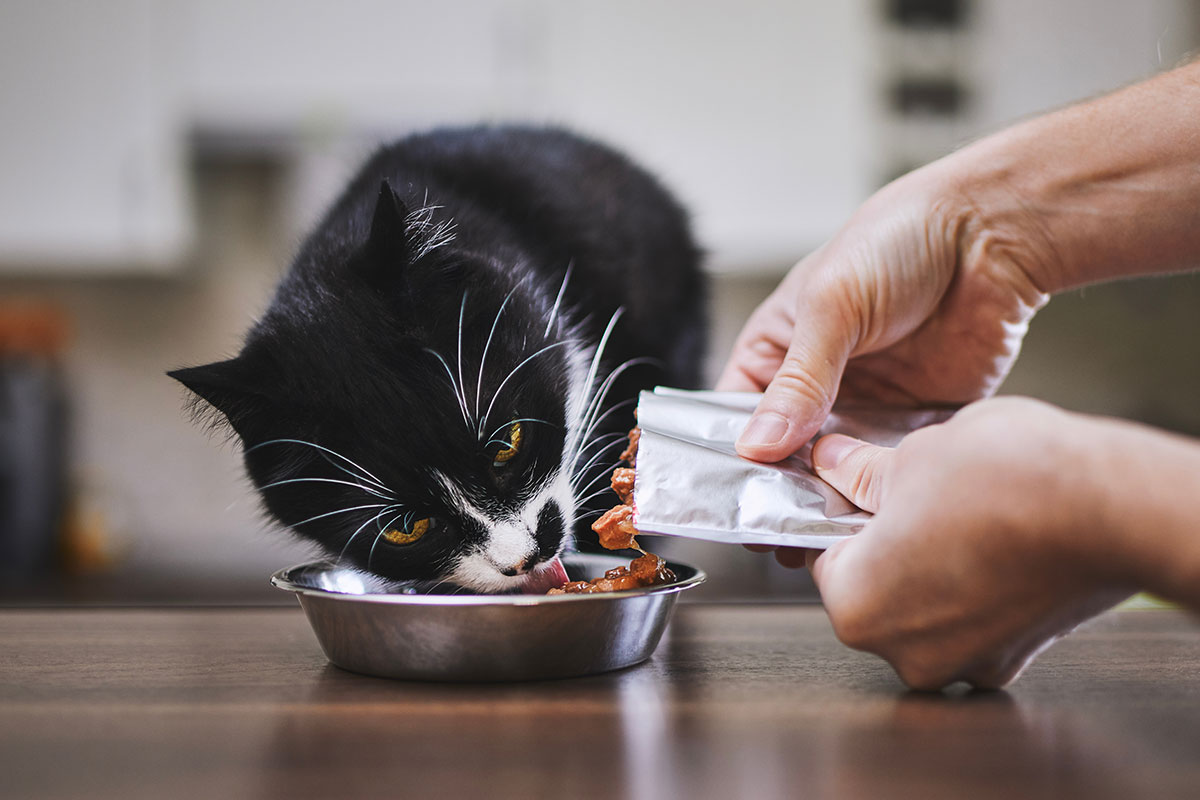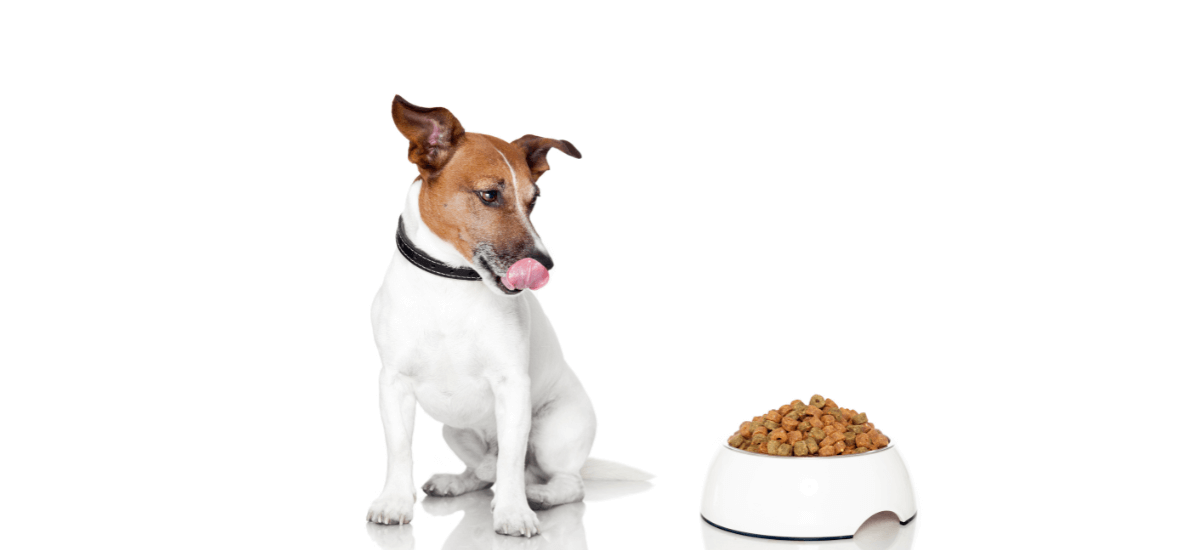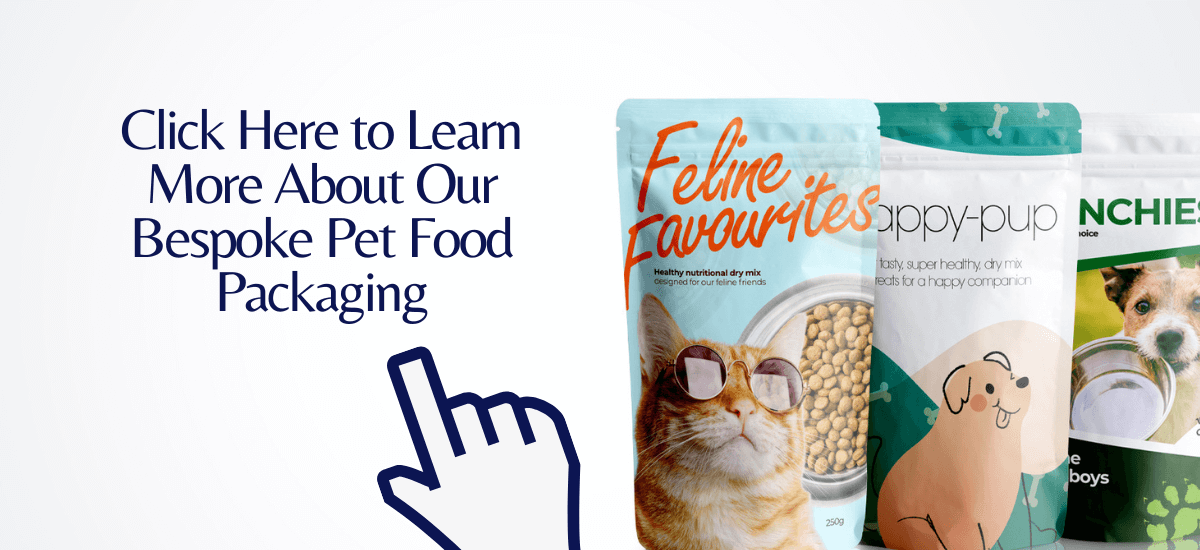Ultimate Guide to Understanding Pet Food Label Requirements in the UK
Are you a pet food brand owner trying to navigate the UK's pet food labelling requirements?
If you are then you’ve come to the right article.
In this article, we’ll give you a detailed overview of the essential pet food labelling regulations and standards in place. We’ll also highlight the importance of compliance with UK and EU guidelines, focusing on the critical aspects of labelling such as "Complete and Balanced" claims, nutritional adequacy and more important subjects.
This article is designed to help you ensure your products meet the necessary criteria for safety, transparency, and nutritional value.
So, if you're entering the market or looking to update your product labels, this article will provide you with the key information needed to align your products with the UK's pet food industry standards.



Pet Food Label Requirements UK
When examining pet food label requirements in the UK, it is imperative to ensure that specific information is present to adhere to statutory regulations.
The label must include the product name, intended species, weight or volume of the food, guaranteed analysis, ingredient list, nutritional adequacy statement, feeding instructions, and contact information for the manufacturer or distributor.
Ensuring these details are accurately displayed on the packaging is vital for consumer understanding and compliance with the law. By providing this information, pet owners can make informed decisions about the products they purchase for their beloved companions.
The Basics of Pet Food Labels

When examining pet food labels, understanding statutory statements is essential as they guarantee transparency and accuracy. Knowing what 'Complete and Balanced' claims mean is vital for your pet's health and nutrition.
Showing life stages on pet food labels helps you select the appropriate diet tailored to your pet's specific needs.
We’ll expand on these elements in more detail later.

Statutory Statements
Statutory statements on pet food labels are essential as they provide important information about the product's composition and nutritional value. These declarations include significant details such as the percentage of crude protein, oils and fats, fibre, moisture, and ash present in the food. By law, pet food labels must contain this information to guarantee transparency and help you make informed decisions about your pet's diet.
Statutory statements also contain key details like the batch number for traceability, the net weight of the product, and the company's name and address.



Understanding 'Complete and Balanced' Claims
Incorporating the 'Complete and Balanced' label is key. It shows your food meets UK and EU nutritional standards, offering all the essential nutrients pets need.
This isn't just about following regulations; it's proof of your product's quality and its ability to support pet health. It builds consumer trust, showing your brand’s commitment to providing pets with good nutrition.

Life Stages and Nutritional Adequacy
Displaying correct life stages on pet food labels is essential. As you may know, pets tend to be in various life stages, such as Growth and Reproduction or Adult Maintenance, which require specific nutritional considerations.
For instance, large-breed puppies need diets with controlled levels of calcium, phosphorus, and vitamin D to support their growth and prevent health issues. So your customers must be aware of this information.



Detailed Breakdown of Label Components
For pet food producers and brands, providing a clear and comprehensive ingredient list on your labels is essential. The guaranteed analysis section should accurately reflect the nutritional content, including analytical constituents, composition, and any additives or vitamins.
This transparency not only complies with regulatory standards but also empowers consumers to make informed choices, enhancing trust in your brand. Ensuring these details are easily understandable can differentiate your product in a competitive market, highlighting your commitment to quality and pet health.


Ingredient List Insights
Adding ingredient list insights to pet food labels enhances transparency and encourages customers to make more informed decisions about their pet’s nutrition. The ingredients are required to be listed in descending order by weight, enabling customers to comprehend what your pet food products comprise.
This information helps your customers guarantee your pet food products meet their pet's dietary needs and preferences. By seeing specific ingredient percentages and knowing if any additives are present, customers can make more informed choices tailored to their pet's well-being.
Deciphering the Guaranteed Analysis
Understanding and clearly presenting the guaranteed analysis on your labels is key. This shows the nutritional content of your products, including both minimum and maximum nutrient percentages, based on 'as fed' values.
To stand out, it's also important to adjust these values to a 'dry matter' basis, which accounts for the removal of moisture, making it easier for consumers and retailers to compare different products accurately. Clear communication of these values not only meets regulatory requirements but also boosts your brand's credibility by demonstrating a commitment to transparency and pet health.
Analytical Constituents and Composition
To comprehend the nutritional content and ingredient composition of pet food accurately, focusing on the analytical constituents and composition breakdown is key. These constituents represent the average amount of certain nutrients in the product.
Some figures are legally required, while others may be voluntarily declared by the manufacturer for full transparency or to substantiate any marketing claims. Legally defined tolerances account for unavoidable variabilities in raw materials.
Additives and Vitamins
Highlighting essential nutritional supplements and vitamins on pet food labels guarantees that your customers are aware of the necessary nutrients for peak health and well-being.
Manufacturers must emphasise specific additives, including their category, name/identification number, and the amount added. This ensures that the pet food meets your pet's nutritional needs, supporting their overall health. Be sure to check for the presence and levels of vital vitamins like A and D for your pet's well-being.
'Best Before' Date, Bar Code, and Batch Number
Including the 'Best Before' date, Bar Code, and Batch Number on pet food labels is essential for ensuring traceability and compliance with regulations. The 'Best Before' date indicates the product's minimum storage life, while the Barcode aids in sales and stock tracking.
Make sure to clearly state the net weight of the product and provide the manufacturer's details on the label. These additional labelling requirements help guarantee transparency, quality, and compliance with regulations.
The Batch Number allows for product traceability, assisting in identifying production details and investigating any issues that may arise.
Navigating Regulations and Standards
You should familiarise yourself with the UK and EU regulations governing pet food labelling and consider any special considerations for specific types of pet food. Understanding these standards will help you guarantee that your pet food labels meet all requirements and provide accurate information to consumers. Paying attention to these regulations will help you navigate the complexities of labelling pet food products effectively.
UK and EU Regulations on Pet Food Labelling
Understanding the intricate regulations and standards surrounding pet food labelling in the UK and EU is essential for both manufacturers and consumers.
From truthful information to obligatory declarations, specifying complete or complementary products, and listing analytical constituents, these rules guarantee transparency and quality.
Ingredients must be accurately listed, additives declared, and essential details like best-before dates and batch numbers included. Compliance with these regulations is critical for pet food producers.
Special Considerations for Specific Types of Pet Food
Understanding the regulations and standards for specific types of pet food requires a thorough comprehension of the unique considerations involved. Different types of pet food, such as prescription diets, organic options, or raw diets, have specific requirements that must be met to guarantee compliance.
These considerations encompass ingredient sourcing, processing methods, and nutritional content, all tailored to meet the particular needs of pets consuming these specialised food types.
Partner With Us for Custom Pet Food Packaging and Labelling
Boost your pet food brand with Pouches.co.uk's expert pet food packaging solutions. Our eye-catching, compliant designs ensure your products shine on shelves and communicate their quality and value.
For enquiries or design assistance, call us on 01902 243535, or request a sample pack to experience our quality. .

